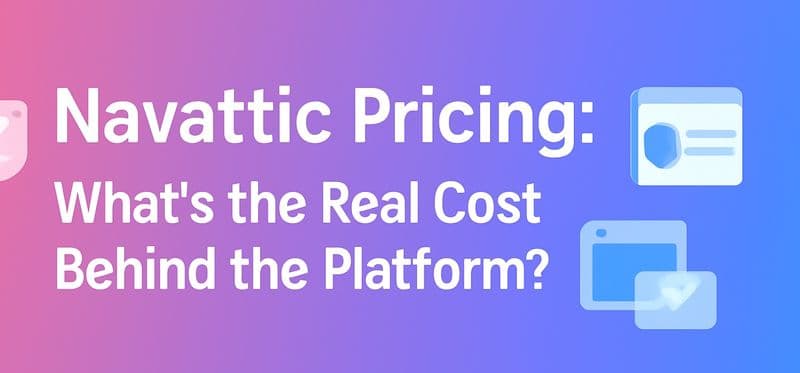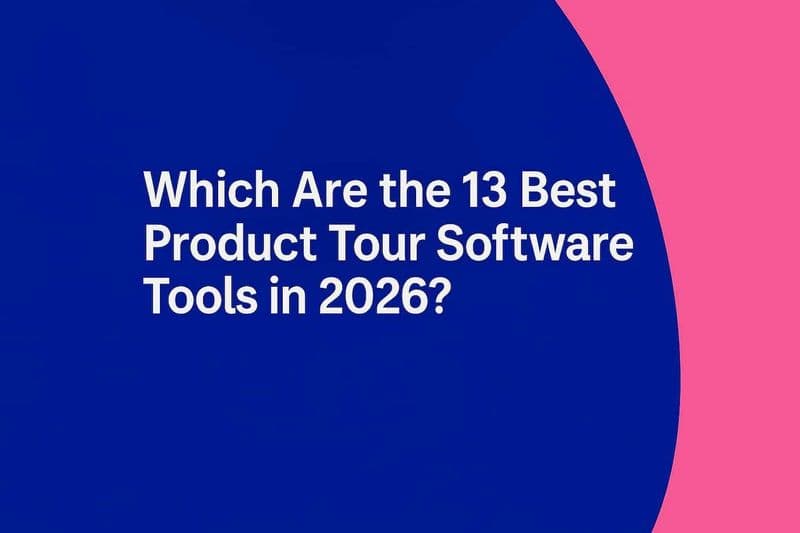As a Sales Engineer, you are perfectly positioned to find feature gaps, but are you doing enough to fix them?

As a sales engineer, it's your job to take the long view. B2B SaaS sales deals resemble marriages between two organizations, and good sales engineers have a knack for making good matches. They also have a knack for foreseeing problems.
I've yet to be a part of a 'perfect SaaS deal' where my product matches every requirement a client brings to the table. I've also yet to meet a client who uses every product feature to the fullest. Most of the time though, we make it work.
However, over time, niggling feature gaps can creep in. The client begins to feel like your product isn't giving them the bang for the buck. It doesn't have certain key features they need. Or that it's too unwieldy for them - too much stuff that they don't need, and too little of what they do. Ergo, feature gap.
Depending on how and why they develop, feature gaps can be categorized into two main buckets: Consumption Gap and Value Gap.
Consumption Gap
What is it?
This is the easy one to fix: The consumption gap is the difference between your entire product functionality and what customers are actually using. Most often, this occurs as a result of bad user experiences, poor onboarding processes, and inadequate training and training materials. In short, users either don't understand a feature or find it too hard to use… so they don't use it.
How can you identify it?
While you'll hear about it eventually, consumption gaps are best nipped in the bud by a little proactive data collection. I recommend leveraging your product usage analytics to work out which features are being underutilized and initiating conversations with user groups to understand why. Or, you could just collect VOC. VOC gives you great qualitative feedback, but you may find it harder to parse through. In my experience, using analytics to identify underutilization, followed by targeted VOC usually yields great insights.
How can you fix it?
Start with personalized customer education, particularly if this is something you encountered reactively. Talk to your users about what isn't working training-wise, and fix your training methodology and materials. Take feedback. Repeat till you're sure it's as good as it's going to get. Then, apply this to your onboarding process.
Proactively:
Talk to your product teams about including tooltips. Never underestimate the value of the right tip at the right time. (Trust me, I made a business out of it!)
Talk to training about creating self-help resources wherever possible.
Work with client teams to identify user segments. Talk to these groups to gain insight on what features they use most and least. Feed this back into your demos.
Value Gap
What is it?
The value gap is the difference between what your customers expect and what they get. Value gap matters because the market is full of competing products, and customers can always take their business to someone else, who is better able to meet their expectations. In contrast to the consumption gap, the value gap isn't a quick fix - this isn't just a 'perception' that your product is missing key features.
How can you identify it?
The good news is that as a Sales Engineer, you're perfectly positioned to catch these in action. If your demos are failing to produce that "aha!" moment, you know the product is missing something. You'll also notice that trial conversion rates aren't where they need to be. Low activation rates and low feature usage rates are other indicators.
In my experience, there are three key drivers of the value gap:
Missteps in pre-qualification: You've got the wrong target audience and/or you haven't defined your user segments clearly enough.
You're overselling: your website copy, sales collateral, and sales reps are overpromising what the product can deliver.
Buggy product: You have the feature the client wants, but it doesn't work right.
How can you fix it?
In one word: honesty.
It really is that simple. Yes, your product will get there in time. Yes, your product team almost has it. Yes, you worked hard on this deal… but if you don't set the right expectations, you're setting yourself up for serious pain. You see, the best case scenario is that the customer walks away. Once the deal is through, however, you're committed to delivering something you don't have the ability to do yet.
Let's say the feature isn't a mission-critical one. In that case, there's more wiggle room. Assess how critical it is to the client's process and business, and work with the product teams to assess the ease and cost of development. Set expectations all around.
Let's say the feature exists but needs customization. Depending on how critical it is to the business and how much time and effort it'll take to customize, work out stop-gap arrangements that allow customers to use the product while product teams come up with the final solution. Then, make sure progress is being communicated regularly and to the right audience.
Conclusion

I realize that a lot of what this article covers could potentially be 'out of scope' for you, depending on your organization's sales processes and sales team structure. However, no one knows the product like a Sales Engineer does. No one knows how to derive value for the customer from existing features and from those in the pipeline, like a Sales Engineer. No one knows what features are killing it, and which ones need to be killed, like a Sales Engineer.
Heavy lies the head that wears the crown, as they say. Might as well wear it well then, right?


